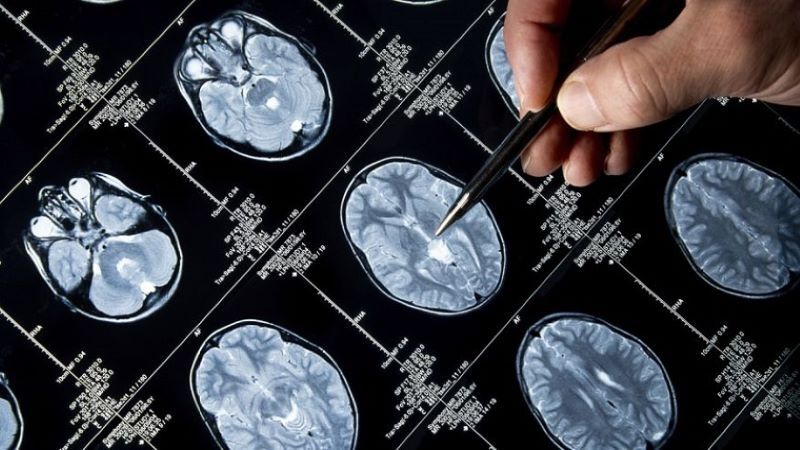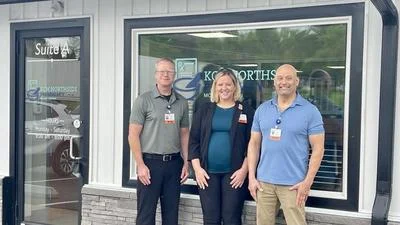A study led by Ohio State University researchers showed promising results for a novel gene therapy that could help treat a rare genetic disorder in children called aromatic L-amino acid decarboxylase (AADC) deficiency, according to a press release.
AADC deficiency is only known to affect only about 135 children worldwide but can cause severe physical and developmental disabilities, the university said. Children with the disorder are known to be missing the enzyme that produces dopamine. Without dopamine, the children often lack enough muscle control to speak, feed themselves or even hold up their heads.
The experimental treatment described in the study involved the delivery of gene therapy directly in the patients' brains. In the seven children, from ages 4-9, who were treated for the study, researchers observed dramatic improvements in motor function and overall quality of life.
One of the most dramatic results of the treatment was that the children stopped having seizure-like episodes called oculogyric crises (OGC). OGC are caused by AADC deficiency and can last for hours at a time.
“Remarkably, these episodes are the first symptom to disappear after gene therapy surgery, and they never return,” said study co-author Dr. Krystof Bankiewicz, professor of neurological surgery at Ohio State College of Medicine who leads the Bankiewicz Lab, in a statement.
In the months that follow, many patients experience life-changing improvements, Bankiewicz said.
"Not only do they begin laughing and have improved mood, but many are able to begin speaking and even walking," he said. "They are making up for the time they lost during their abnormal development.”
The complex treatment involves a procedure where a benign virus programmed with specific DNA is infused into precisely targeted areas of the brain. The spread of the virus is then monitored using real-time MRI.
Researchers are also hopeful that the same method of gene therapy used here to treat AADC could be applied to help treat other disorders.
“This work provides a framework for the treatment of other human nervous system genetic diseases," Bankiewicz said. "It’s our hope that this will be the first of many ultra-rare and other neurologic disorders that will be treated with gene therapy in a similar manner.”







